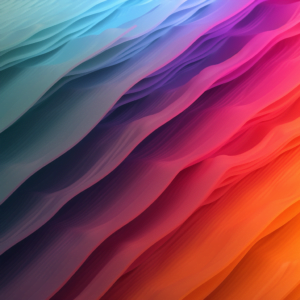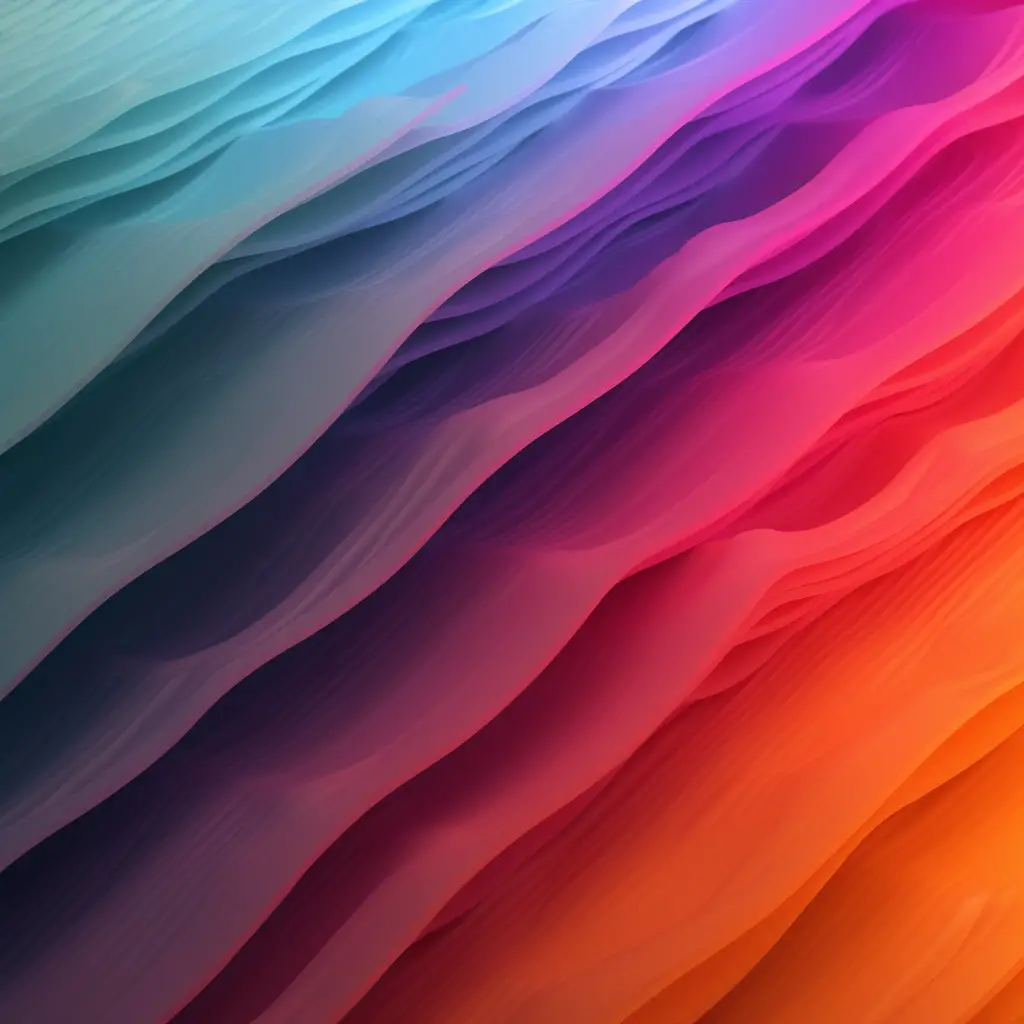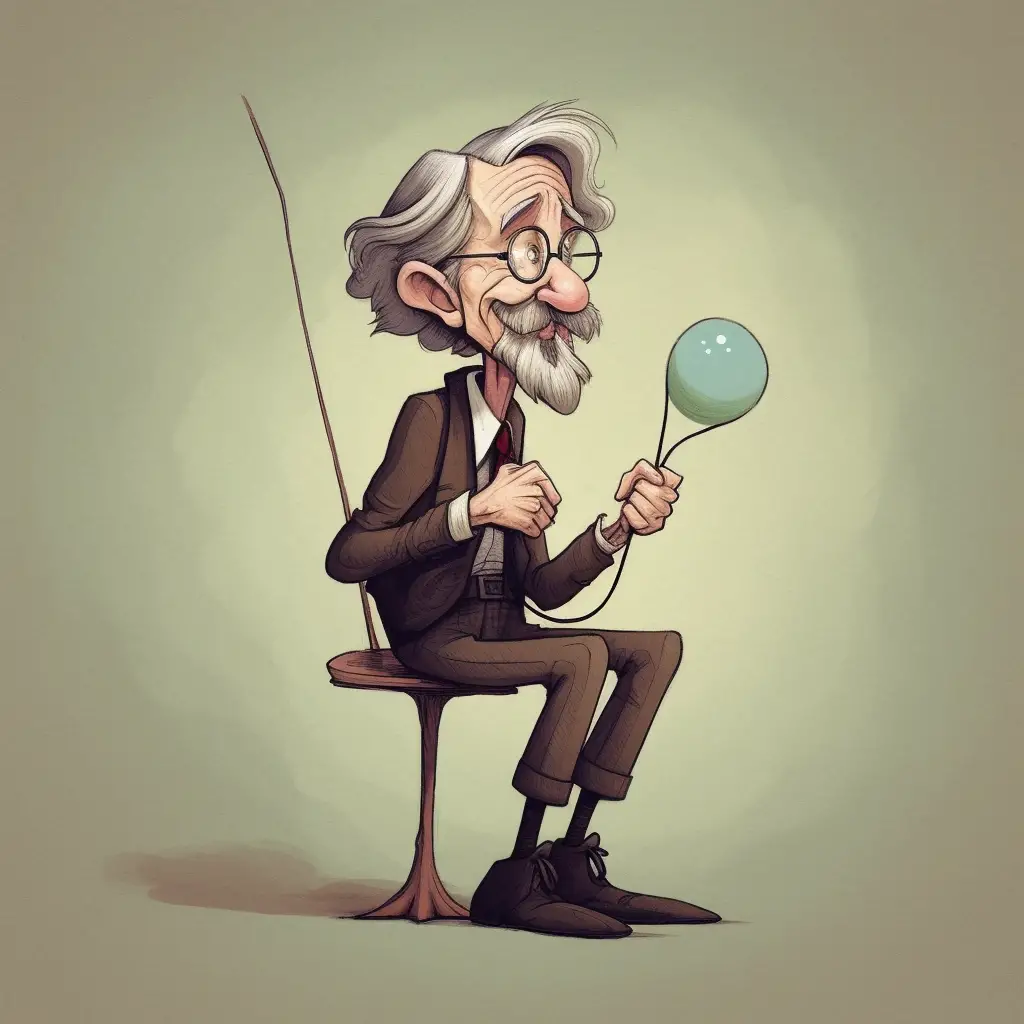
A texture gradient is how our eyes see a slow change in how objects look the closer they get, going from fine to coarse. It’s a monocular cue, which can occur in either or both eyes, showing a change in how an object looks. If they’re close, they appear coarse, the farther away they get, the less distinct and denser they become. Think of an old photograph of a large crowd, or an amazing table full of awesome food that’s somehow huge and still full of deliciousness.
Why Textural Gradient Matters in Psychology
Textural gradient plays a big part in the way humans perceive depth and distance. In the world of psychology, it’s essential to know about this concept because it helps us understand how people make sense of their surroundings. Put simply, textural gradient is like the secret sauce that helps our brains figure out where things are in relation to each other. Without it, the world would look like one big, flat pancake!
The Connection Between Textural Gradient and Depth Perception
Depth perception is what helps people navigate the world and avoid bumping into things, like when trying to grab a drink from a table or avoiding a collision on the street. Textural gradient is one of the handy tools the brain uses to give people a sense of how far away objects are. When objects get closer, they look bigger and more detailed, and when they move away, they look smaller and less distinct. It’s like having built-in binoculars that help make sense of the world.
The Science Behind Textural Gradient
The brain uses a variety of monocular cues to create a sense of depth perception. These cues are called monocular because they work with just one eye, unlike binocular cues that require two eyes. Textural gradient is one such monocular cue. This crafty little trick helps the brain figure out how close or far away something is based on the way its texture looks.
For example, imagine a field of flowers. Up close, it’s easy to see the individual petals and leaves, but as the distance increases, the flowers start to blend together, creating a more uniform, dense appearance. This change in texture helps the brain determine that the flowers far away are, well, far away.
How Textural Gradient Affects Art and Photography
Textural gradient isn’t just for psychologists and brainy types. It’s also important in the world of art and photography. Artists and photographers use textural gradient to create a sense of depth and realism in their work. By strategically using texture, they can trick the eye into thinking a flat image has depth and dimension. It’s like being a magician with a paintbrush or camera!
Examples of Textural Gradient in Everyday Life
Textural gradient is everywhere, even if it’s not always obvious. Here are some examples to help get a better understanding of how it works:
- The Road Ahead: When looking down a long, straight road, it’s easy to see the textural gradient at work. The lines on the road seem to get closer together as they move into the distance, and the texture of the pavement becomes less distinct.
- Brick Walls: Standing next to a brick wall, the individual bricks and mortar lines are clear and distinct. But look at the wall from a distance, and the bricks blend together, creating a more uniform appearance.
- Forests and Trees: From a distance, a forest looks like a dense, uniform mass of green. But get up close, and it’s easy to see the individual trees, leaves, and branches that make up the forest.
- Aerial Views: When flying in an airplane, the ground below looks like a patchwork of textures that become more distinct as the plane gets closer to the ground.
- Sand Dunes: From far away, sand dunes look like smooth, rolling hills. But up close, it’s easy to see the individual grains of sand that make up the dune.
Textural gradient is one of the many clever ways the brain helps humans make sense of the world around them. By understanding how it works, it becomes easier to appreciate the depth and complexity of the world we live in. Plus, it’s a fun little secret to keep in mind next time someone admires a beautiful painting or photograph – they might not even realize that textural gradient is what’s helping them appreciate the depth and realism in the image!
Textural Gradient in Virtual Reality and Video Games
Textural gradient doesn’t just apply to the physical world; it’s also a crucial component in the realm of virtual reality and video games. Game designers and VR developers use textural gradient to create realistic and immersive experiences for users. By mimicking the way texture changes with distance in the real world, they can make virtual environments feel more lifelike and engaging.
For example, a game set in a cityscape might use textural gradient to make the buildings in the distance appear smaller and less detailed. As the player moves closer, the buildings become larger and more intricate, creating a sense of depth and realism.
The Role of Textural Gradient in Human Evolution
Textural gradient has played a significant role in human evolution, too. Our ancestors relied on their ability to perceive depth and distance to survive in their environment. Being able to accurately judge how far away a potential threat or source of food was could mean the difference between life and death.
Over time, the human brain has become fine-tuned to recognize and interpret textural gradient, among other depth perception cues, to help navigate and make sense of the world. So, the next time a breathtaking landscape or a piece of art captures your attention, take a moment to appreciate the power of textural gradient and the incredible depth perception abilities that have been honed over countless generations.
In Conclusion: The Wonders of Textural Gradient
Understanding textural gradient provides insight into the fascinating ways the brain processes visual information to create a sense of depth and distance. From everyday life to art, photography, virtual reality, and even human evolution, textural gradient plays a crucial role in helping us perceive and navigate the world around us.
As a fun and simple concept, textural gradient is easy to appreciate and observe. So, whether admiring a beautiful painting, exploring a virtual environment, or just taking a walk outside, keep an eye out for the wonders of textural gradient and the powerful impact it has on the human experience.





